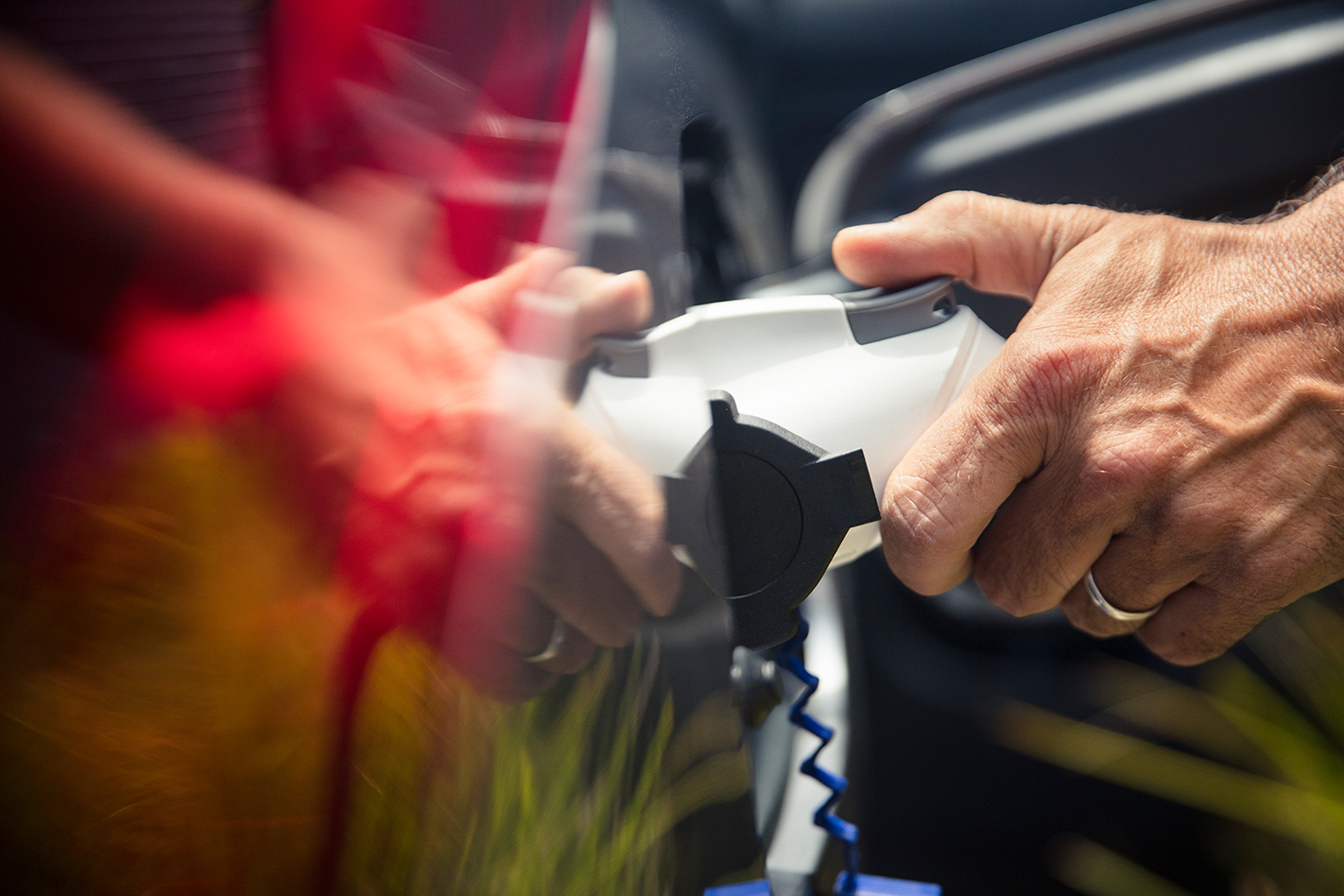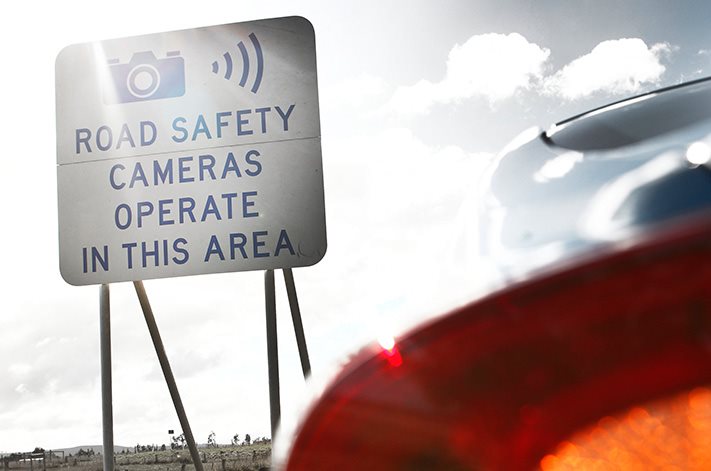
I don’t wish to brag, but I live in Sydney. That will make people who know me spray whatever they’re drinking, because I actually don’t like it here. However, there is one thing I am grateful for since moving back to Australia’s most emotionally insecure town: unlike Victoria, the NSW approach to speed enforcement isn’t psychopathically puerile.
You don’t get done for three over the limit. Just doesn’t happen.
I worry it might, though, as the state gradually winds back its protections for motorists against privately operated speed cameras.
Now, let me set some ground rules. Inappropriate speed on a public road is a bad thing. I am not going to be advocating a zero enforcement attitude any more than I would a zero tolerance attitude. Neither make sense and both get people hurt, or worse, killed.
Additionally, if you get caught and it’s a genuine offence, I think you should pay the fine. If you’re like me and have occasionally indulged in some back-road exploration of a performance vehicle’s talents, just thank your lucky stars you were done for 68 in a 60 zone while listening to a podcast and not…sorry, my lawyer is tapping me on the shoulder to stop talking.
Over the past couple of years there has been a troubling change to the way speed is policed in NSW. The biggest one for me was the November 2020 announcement that the NSW State Government would remove warning signs for mobile speed cameras.

Mobile speed cameras, for the uninitiated, are parked on the side of a road, usually a fairly busy one and often on a grass verge. They are themselves marked with a fairly generic set of coloured stripes, but I often mistake them for the vans which change the advertising posters in bus stops.
The signs themselves weren’t big and were placed on the side of the road before and after the host vehicle. Sometimes – and I’m sure it was purely accidental – behind parked cars, where you couldn’t see them.
My first problem with these vehicles was, and has always been, that they’re privately operated. Last time I looked, it’s the job of the police to deal with speeding – and the best way to do that is to haul someone off the road and have a word with them before handing over the fine. If the offence was especially serious, it ends then and there, your licence shredded and Constable Whatstheirname unscrewing your number plates.
The second problem I have with these mobile speed cameras is that they’re clearly about revenue.
Now, I know this is a boring old trope, but stick with me. Since the removal of the signs, fines for less than 10km/h over the limit stand at 22,742. By contrast, for the first five months of 2020, that figure was 1397, according to the NSW Opposition.
Yes, we had Covid-19 in there, but even a pandemic doesn’t explain an increase of that magnitude and the fact that the first three-or-so months of 2020 were largely unaffected by Covid.
At a minimum of $123 a pop – the kind of money plenty of folks will just pay rather than be forced to take a day off work to fight – the treasury is up by $2.6m in just five months for that low-level offence.
It’s a drop in the ocean for the NSW Government, but not for a private operator.

Naturally, I have an anecdote to explain why there are so many more fines. Near where I live, there are three roads which run roughly in parallel. One is a divided road, two lanes in each direction, traffic lights, good lighting at night, that sort of thing. For years, it was a 70 zone – until about a decade-or-so ago, when the limit was reduced to 60 for reasons which aren’t entirely clear.
Everyone, including the cops, travels safely down that road at 70. There is a poorly engineered and surfaced 90-degree bend where there is the occasional accident, but we’re talking once every 18 months or so.
The next main road runs a couple of blocks back and is also a 60km/h road. It has a school, borders a shopping centre, has many bends, pedestrians, more shops, lots of high-density living, playing fields, cyclists and traffic-calming obstructions which endanger cyclists. You get the picture.
How these roads are the same limit is a puzzle for another time because, as with the first road, everyone travels at a speed which is more comfortable, which is 50km/h – 10 under the posted limit. I don’t even shout at them, because it is honestly a safer speed for said road.
The question here is, why does a privately-operated unmarked speed camera sit on the road with the artificially low limit and with far fewer potential problems than the nearby 60km/h road?
Accidents are less common on the former than on the latter – and generally only occur in peak hour at low speeds, because old mate was texting instead of paying attention. Yet the camera cars will sit there for ages until the Waze brigade spots them.
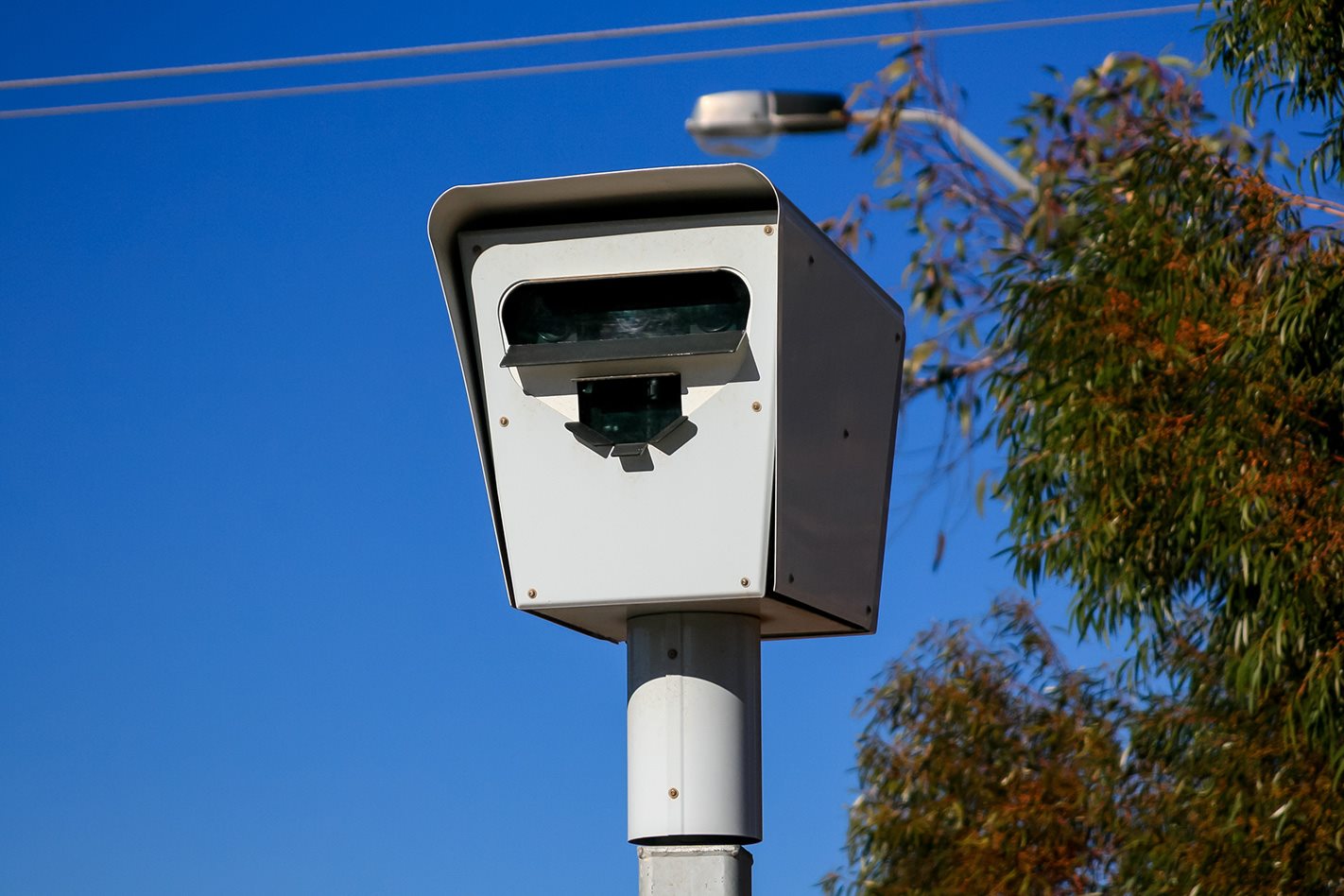
The answer is easy. Money. But not in the old school quota-filling, revenue-raising way of cops hiding behind trees with a radar gun picking you out of traffic and embarrassing you for five or ten minutes before either letting you off with a warning or handing you a fine. That I can live with, even though it’s not much fun being on the receiving end.
The company running NSW mobile speed cameras is a partnership between G4S and Acucensus, which I thought was an acne medication. G4S is a giant security company offering just under sixty grand to its operators to sit in a parked car and pretend not to sleep. Whereas a NSW probationary constable takes in just over $73,000 and costs a lot of money to train and equip. And costs more again for highway patrol.
The margins clearly aren’t there for the State Government, but they are for private enterprise.
Speed limits are arbitrary enough, but when private operators are given targets – which are baked into budget estimates in the same way stamp duty and registration fees are – it has to be made worthwhile. State governments rely on this cash, which is why speed “enforcement” is offered as a franchise to private companies who know how to turn a buck and don’t have pesky rules and unions to deal with, just something they understand: revenue targets.
These companies don’t take this business on if they don’t intend to make money.
They’re not there to contribute to road safety, their targets have nothing to do with lowering the road toll. Their job is to take photos and then an automated process ensures you get a fine in the mail, days or weeks after the offence which, according to Government advertising, you will surely not survive. A machine stamps a NSW Police letterhead with the offence and it’s hugely unlikely a human is involved in these low-level misbehaviours. It’s kind of like Robodebt, but less discriminatory.
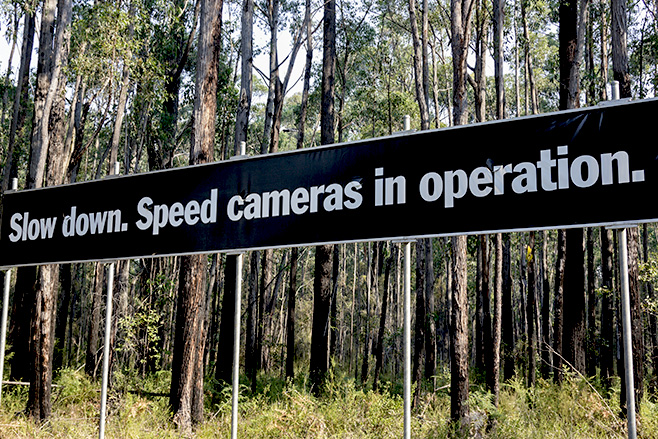
State governments aren’t serious about reducing speeding, they need it to pay the bills. They do not spend the revenue on road safety. I know this because when was the last time you were tested, asked to undergo practical training and risk assessment, or offered other useful skills to improve your driving?
How many roads have signs obstructing other signs, huge potholes, poor surfaces, standing water when it rains, blind curves, inappropriate road furniture? The list goes on.
How many cars do you see with bald tyres, damaged or inoperable brake lights and other safety hazards? Heaps. When was the last time Uncle Kevin’s single-brake-lighted Commodore was defected? Never, that’s when, unless Uncle Kevin wears his baseball cap backwards and has a sick system fitted.
Getting the details right is the hard yards of road safety. And it goes right back to design and execution of roads, not just drivers. Again, something to which state governments don’t pay as much attention as they ought.
Paying a faceless company to pay someone else to babysit a camera and not even have to get out of the car and put down two small signs behind parked cars? Easy. Just wait for the cheques to roll in and for little to no improvement in the road toll.
We recommend
-
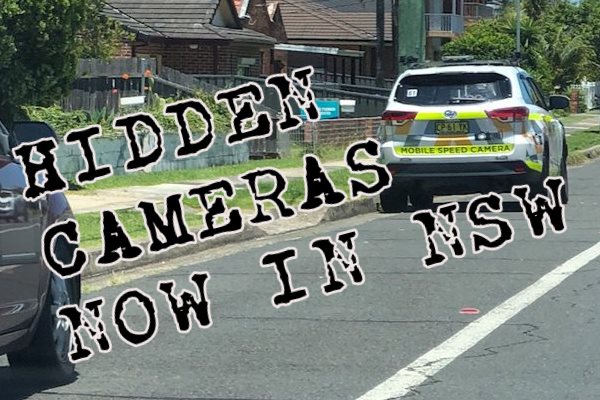 News
NewsNSW mobile speed camera cars are now unmarked
A month after the removal of warning signs, NSW authorities will strip mobile speed camera cars of fluorescent markings
-
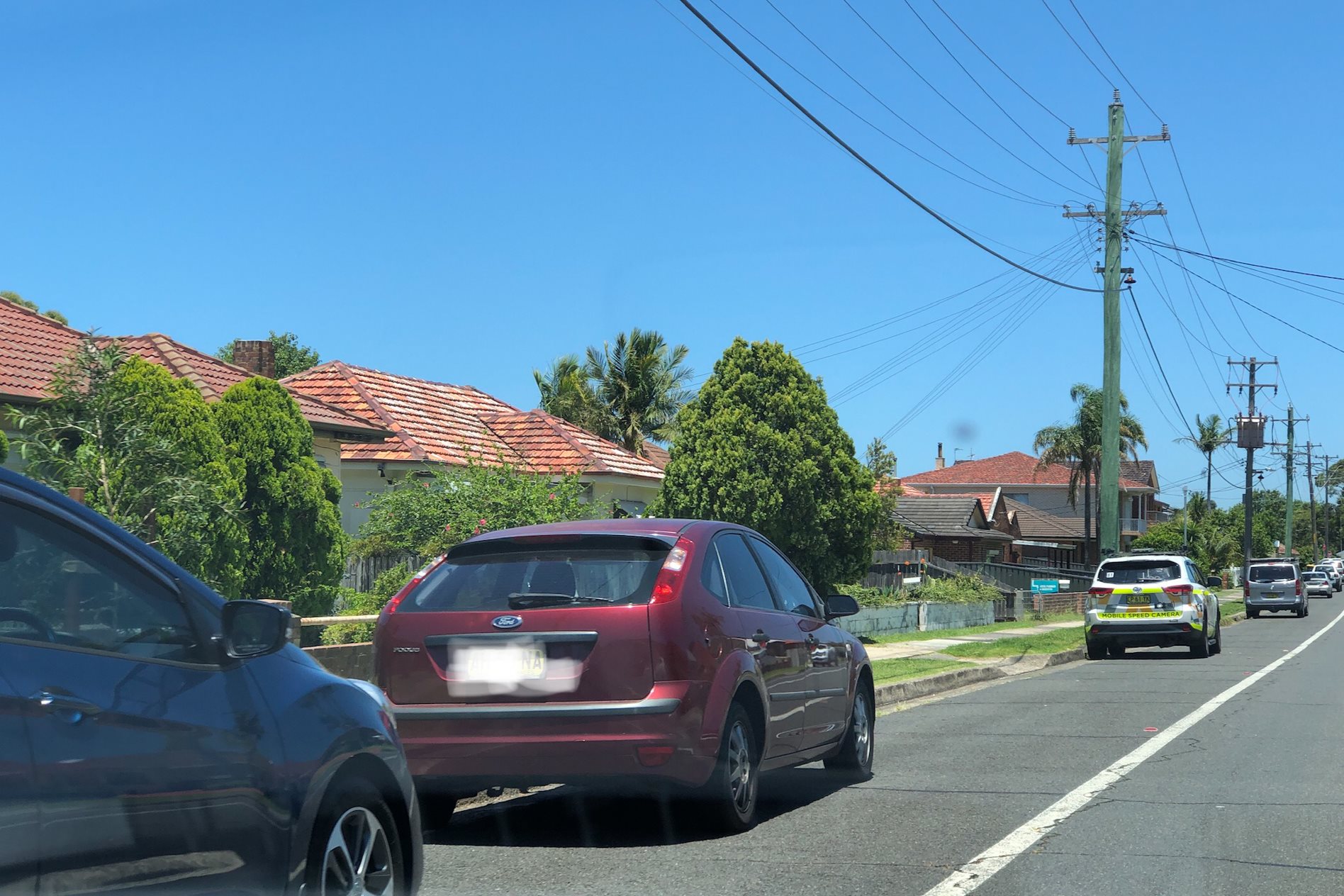 News
NewsMobile speed camera signs to disappear in NSW UPDATED
NSW transport minister accused of revenue raising tactics as mobile camera signage is phased out
-
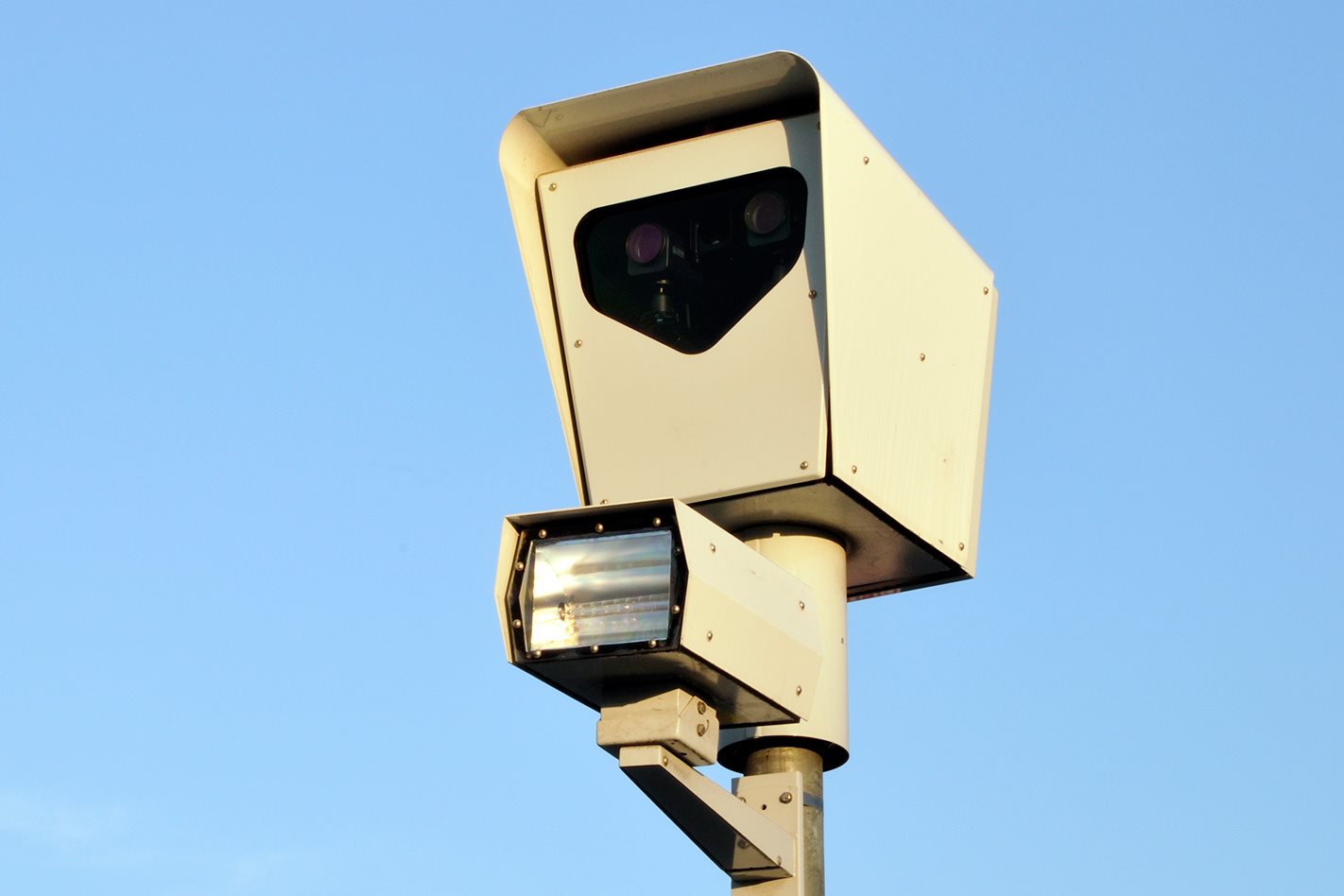 News
NewsSpeed camera revenue skyrockets by $12 million after tech update
Victorian government reaps $12 million revenue windfall after upgrading old speed cameras


